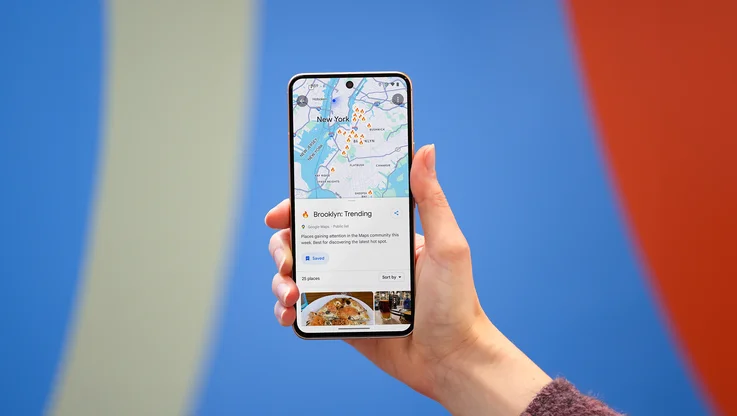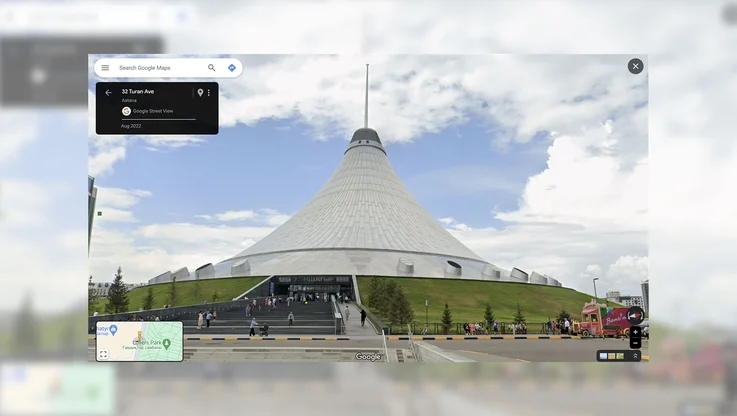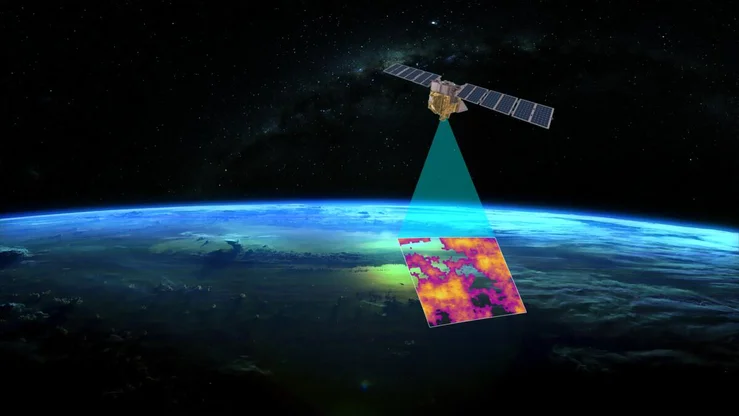Explore digital archives of buildings in Japan affected by the 2011 tsunami
A year ago we released Street View imagery of areas in Northeastern Japan that were affected by the March 11, 2011 earthquake and tsunami. Our hope was that the 360-degree panoramas would provide a comprehensive, accurate and easy-to-use way for people around the world to view the damage to the region by enabling a virtual walk through of the disaster zones.
The panoramas were only the start of our digital archiving project. Last month we took the next step—using the technology behind Business Photos to photograph the inside of buildings in Northeastern Japan that were heavily damaged but still standing. We worked with four city governments in the Tōhoku area to photograph more than 30 buildings, and today we’re bringing this imagery to Google Maps and our Memories for the Future site. The new imagery enables you to walk through the buildings and switch between floors to get a first-hand glimpse at the extent of the destruction caused by the earthquake and tsunami.
The timing of the project was critical. There has been a strong debate in these areas whether to keep the buildings up as a permanent reminder of the tragedy or to tear them down to allow emotional wounds to heal. After long consultations with their citizens, many local governments have decided to move forward with demolishing the buildings. Knowing this, we quickly moved to photograph the buildings before they started to be dismantled.
The panorama below shows an elementary school very close to the ocean. Thankfully, all the students survived the disaster as they had been well drilled to rush to escape at the sound of tsunami warnings.
Other sites include Rikuzentakata city public housing, a building that physically demonstrates the heights of the tsunami wave. Everything up to the fourth floor is completely ruined, but the fifth floor remains mostly unscathed.
We’ve also captured imagery of Ukedo Elementary School and a few other buildings in Namie Town—located in the restricted area (PDF) within 20km of the Fukushima Daiichi nuclear power plant. In the elementary school, you can see holes in the gym floor, where a graduation banner still hangs in the gym, though the ceremony never took place.
We’ll continue to photograph more buildings in two Iwate Prefecture cities, Ōfunato and Kamaishi, over the coming weeks. By the end of the year, we also hope to complete the collection of imagery from five new cities in the Miyagi prefecture. We look forward to making this new imagery available as soon as it’s ready to pay tribute to both the tragedy of the disaster and the current efforts to rebuild. City governments in Northeastern Japan that are interested in this digital archiving project are welcome to contact us through this form.






